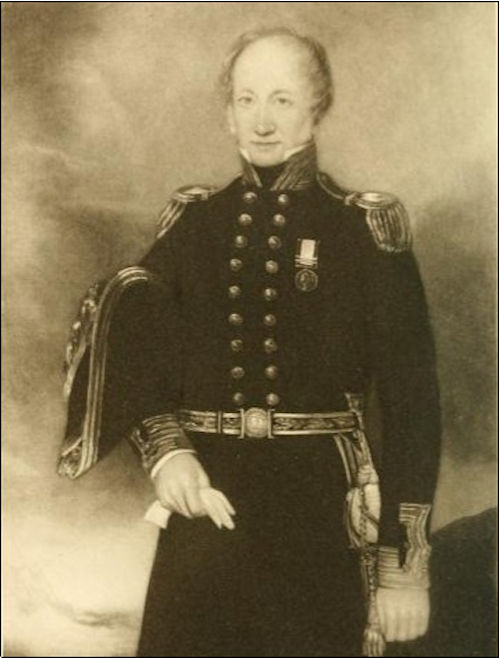By John Saul
This article was published in the August 2019 edition of Soul Search, the Journal of The Sole Society
FindMyPast has recently added some information from the National Archives about British soldiers and sailors captured during the Napoleonic Wars and held as Prisoners of War. For the three final years of this conflict, 1812-1815, Great Britain also fought a parallel War against the United States of America. The causes of the Anglo-American conflict were the imposition of British sanctions on American trade with France, British impressment of American seamen into the Royal Navy and suspicions that the US had designs on Canada, leading the British to encourage armed resistance by Native Americans to US expansion northwards.
Listed among British Prisoners of war held by the Americans was a Thomas Saul.
The earliest naval record of a Thomas Saul available on-line is that in 1804 he was a Gunner’s Mate on HMS Gannet, a 16-gun brig-sloop. On 22 March 1805 he was transferred to HMS Salvador, a 112-gun ex Spanish first rate which had been captured at the Battle of Cape St Vincent in 1797. This would have been a temporary posting as Salvador was at Plymouth as a ‘receiving ship’, i.e. an obsolete or unseaworthy ship moored at a naval base and used for new recruits or men in transit between stations. It was never re-fitted for the sea, finally being broken up in 1815.
In 1814, probably the same Thomas Saul was being held prisoner in Salem, Massachusetts. He had been serving on HMS Macedonian, a 5th rate frigate under the overall command of Sir Edward Pellew. Pellew was Commander-in-Chief Mediterranean, and the Macedonian had been despatched to escort a lone cargo vessel belonging to the East India Company. Unfortunately on 25th October 1812 the Macedonian encountered the much larger USS United States some 500 miles from the Canaries and had been forced to strike its colours and surrendered to the United States after a bloody 2-hour engagement. Macedonian was then blockaded by the Royal Navy in Rhode Island and took no further part in the War.
The report to the Admiralty from the Captain John Carden dated three days after the battle, written aboard the American ship, describes how and why the Macedonian had been overcome by the bigger and more heavily armed American. Out of a complement of perhaps 300, 36 had been killed, 36 severely wounded and 32 slightly wounded; a full casualty list was published in many newssheets. Thomas Saul was not listed among the wounded. Carden must have been released on parole because it was reported in the London Courier and Evening Gazette of 12 July 1813 that he had been court-martialled in Bermuda, normal practice for captains forced to surrender their ships, and was honourably acquitted along with all his officers and crew (though he probably never commanded a ship again). Ordinary seamen on the other hand were usually offered the opportunity to serve in the enemy Navy but Thomas Saul must have declined. He was eventually released on 31 March 1815.

John Carden Captain of the HMS Macedonian
The Anglo-American War officially ended when the Treaty of Ghent was signed into law by the Prince Regent on 30 Dec 1814, but the news of this took a month to reach the USA, too late to prevent the disastrous British defeat at the Battle of New Orleans on 8 Jan 1815.

The United States and the Macedonian by Thomas Birch
I had hoped to find that this Thomas Saul was the brother of my 3xg grandfather Timothy Saul, but the record of his service on Gannet reveals that he was one of the Cumbrian Sauls, mother Alice and residence Kendall (sic). His pay was 4d per day.
[Ed: our Research Co-ordinator for the Sauls, John Slaughter, is unable to identify Thomas Saul. I have been in contact with the Salem Historical society who say there was a prisoner of war ship anchored in the North River at Salem. They are looking for more information.]
